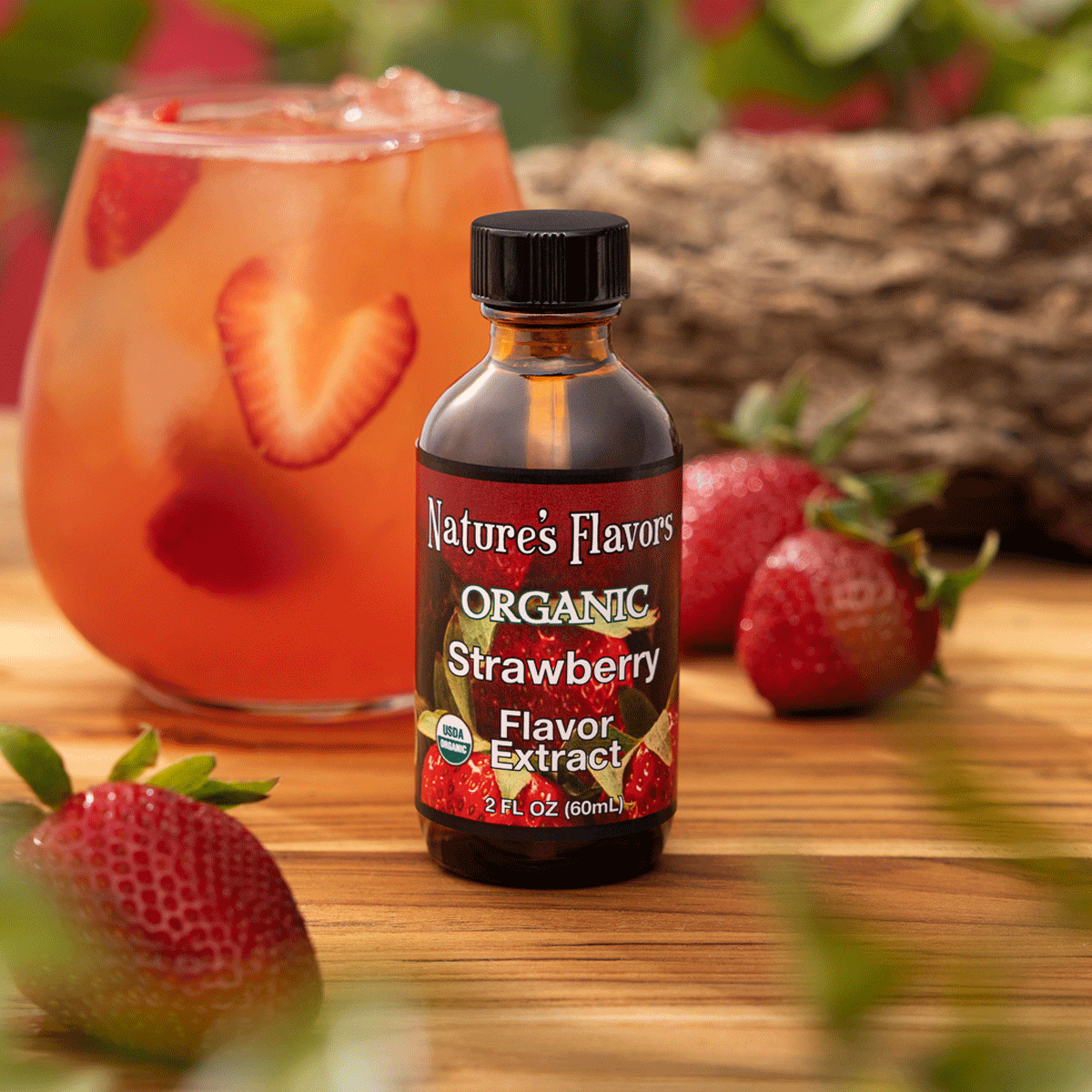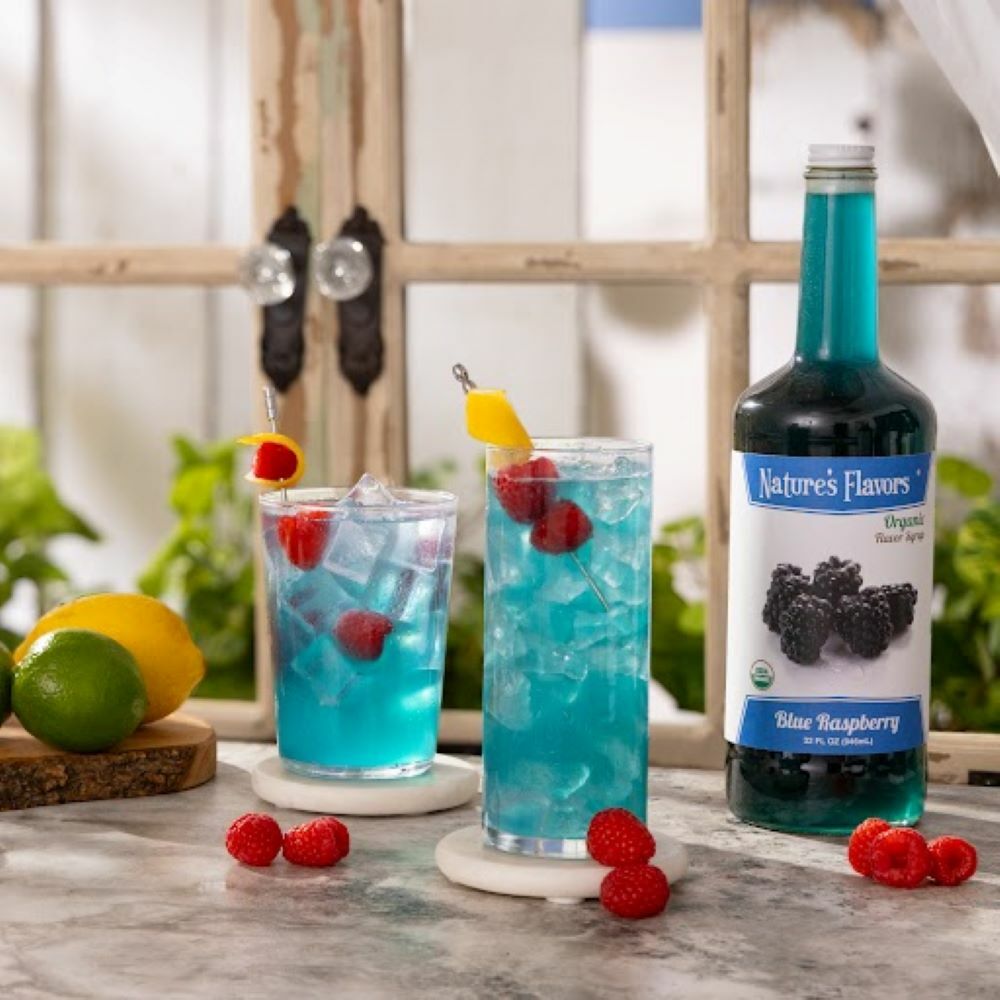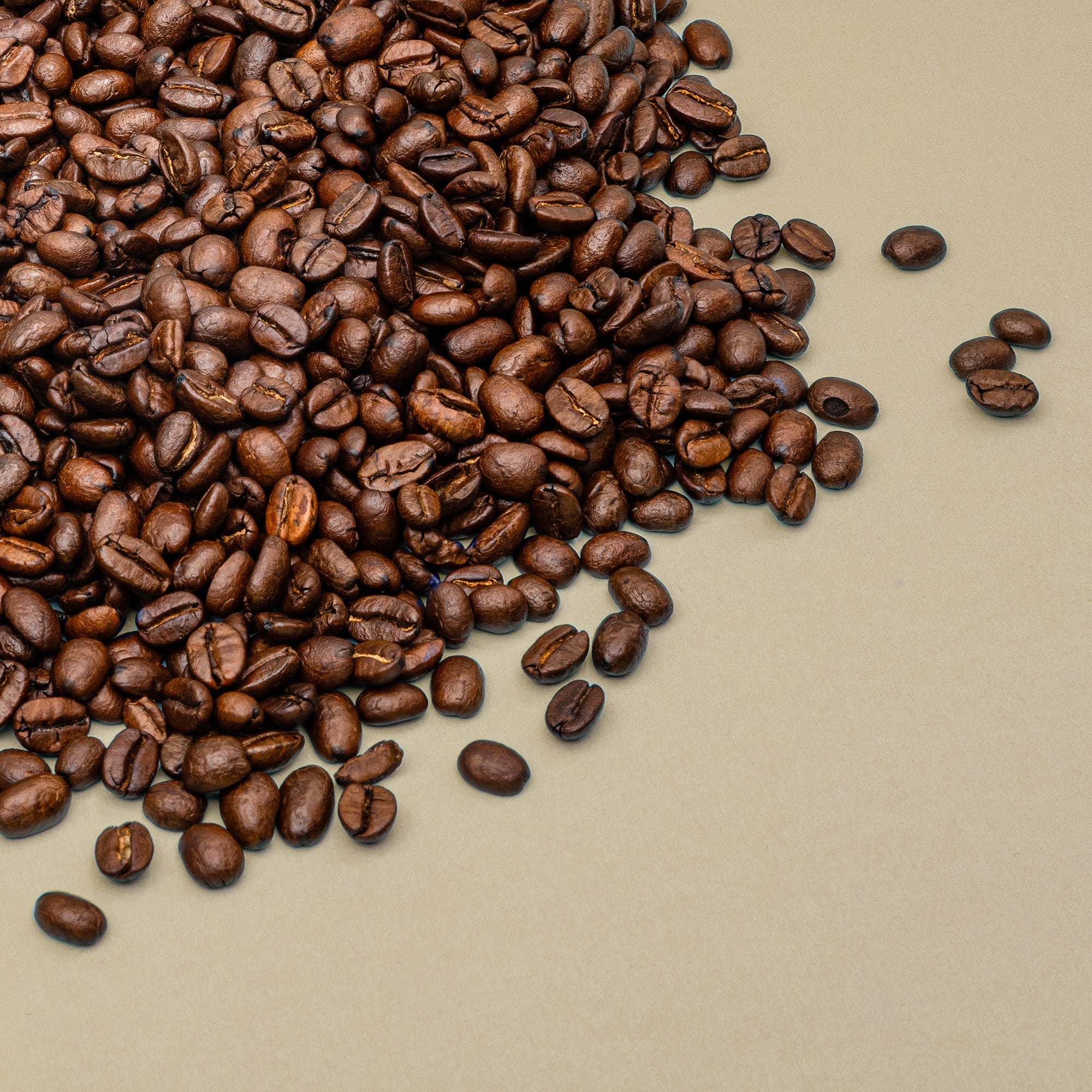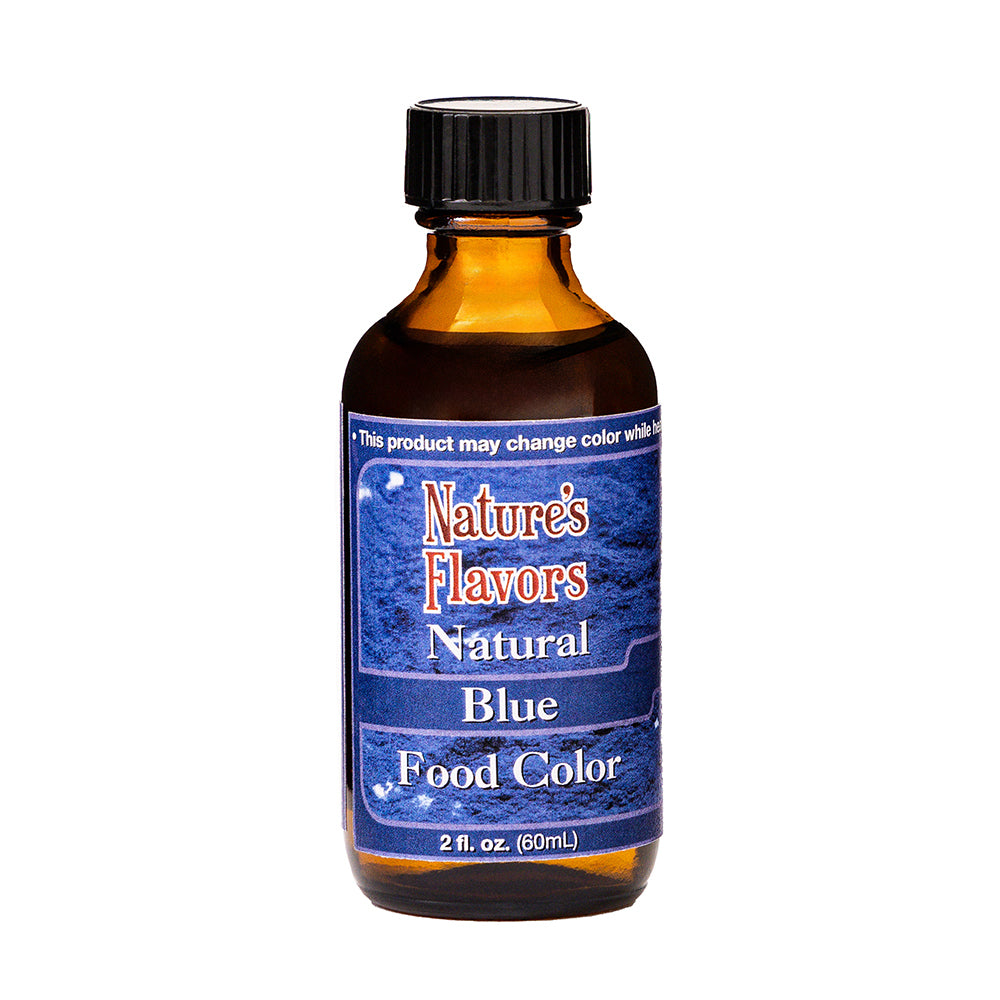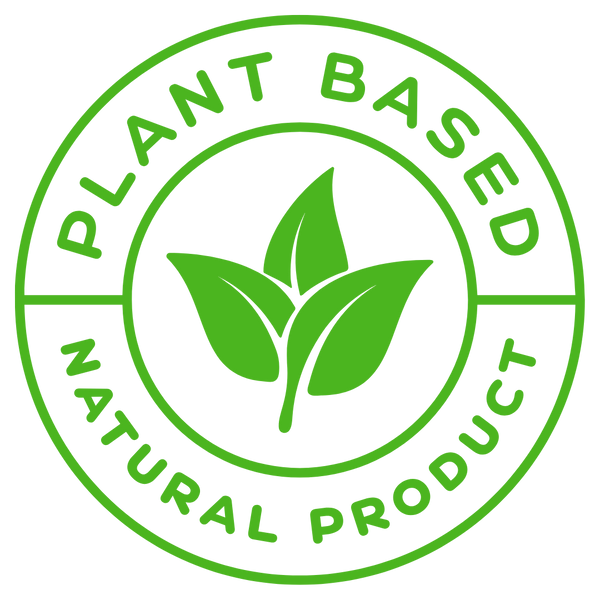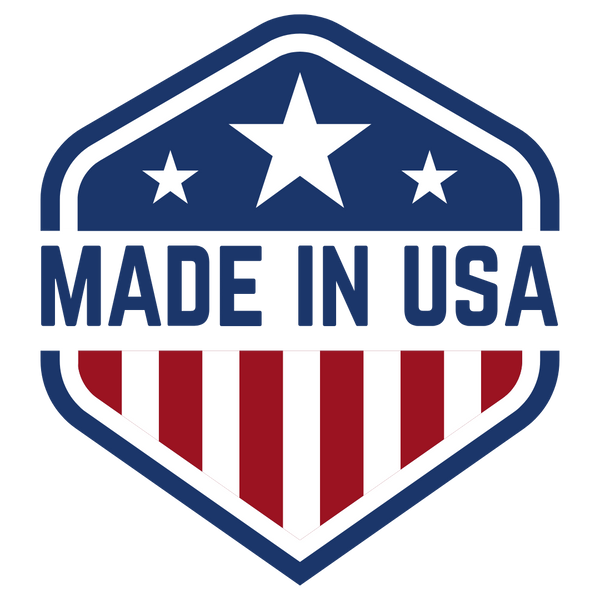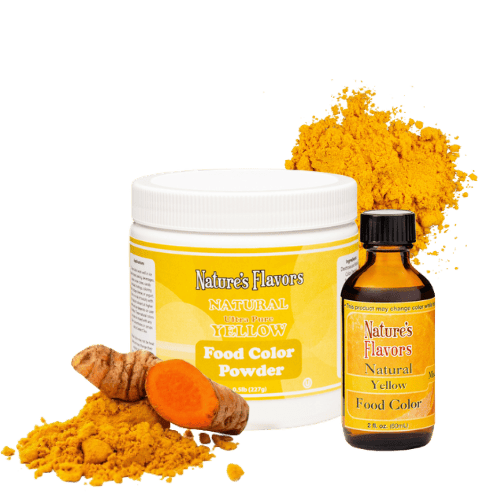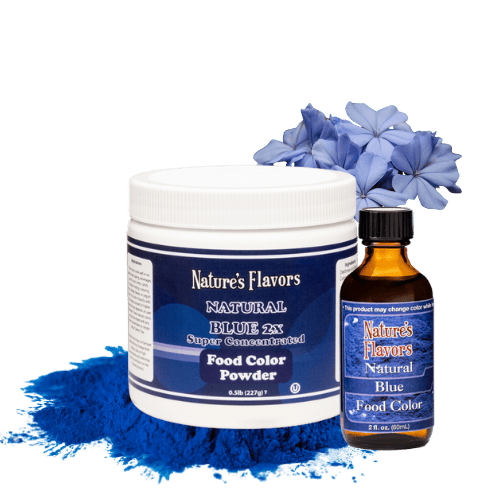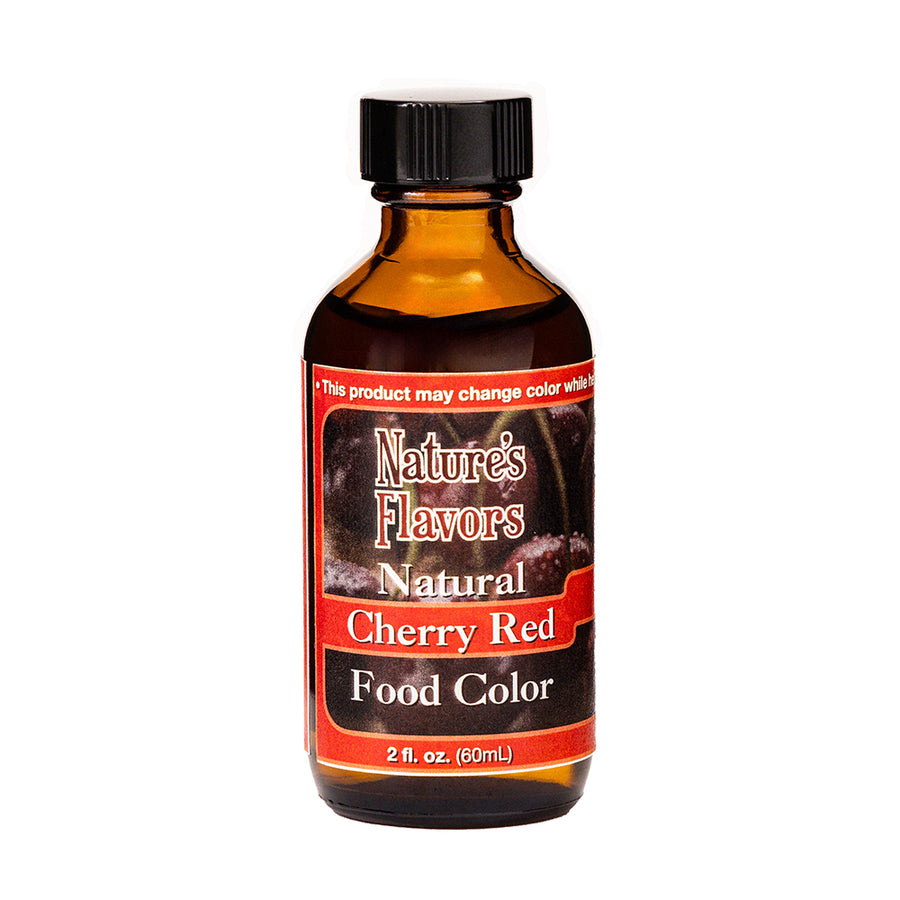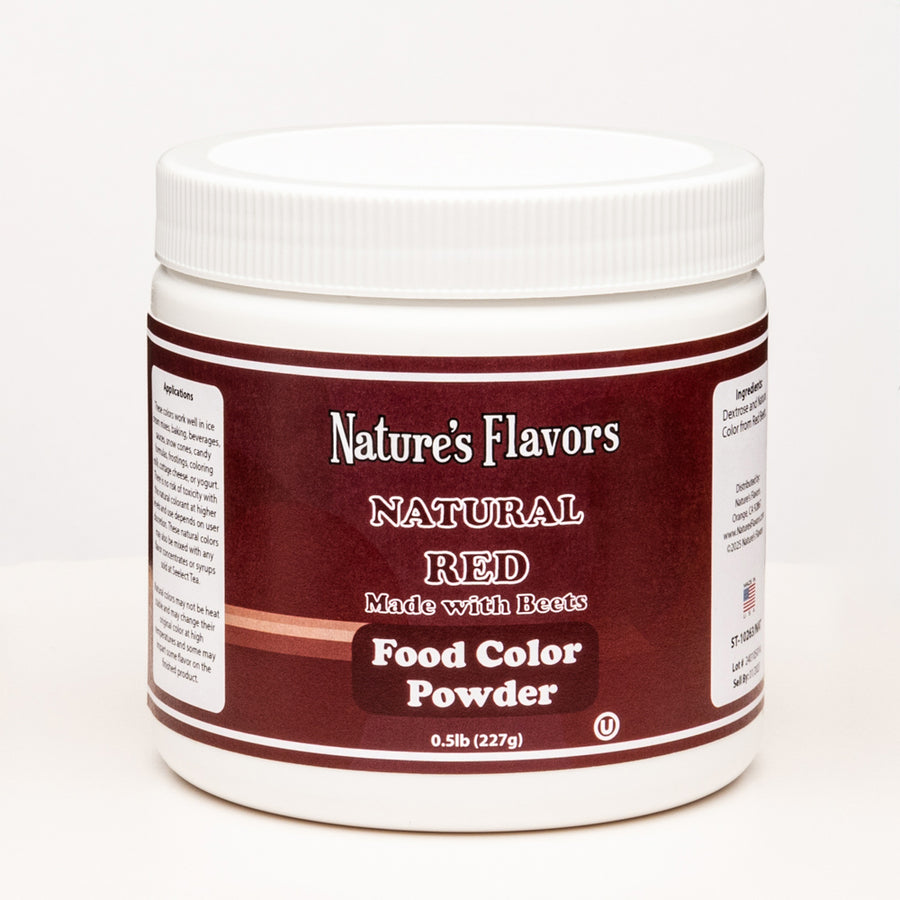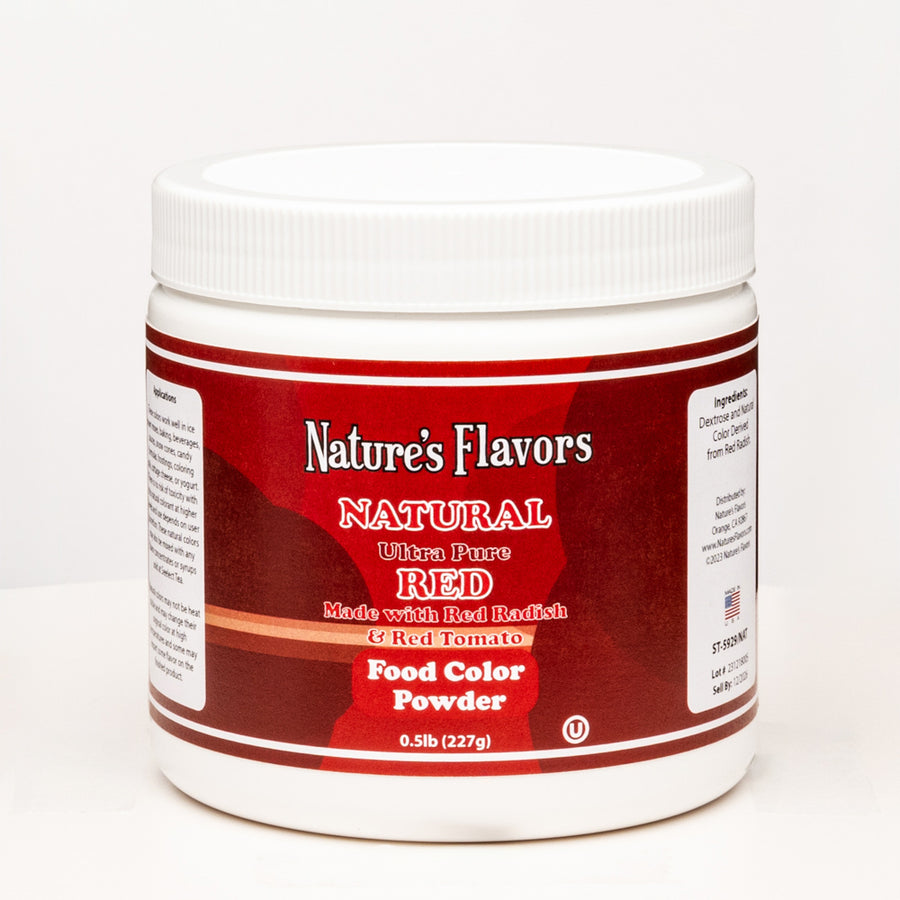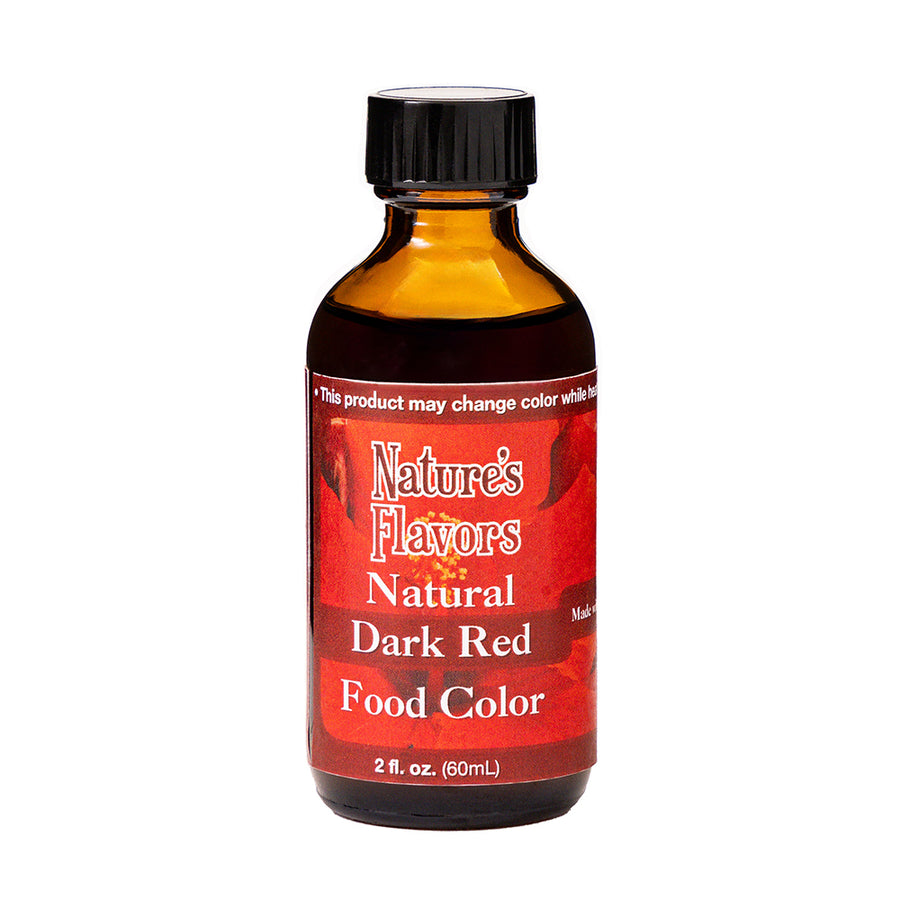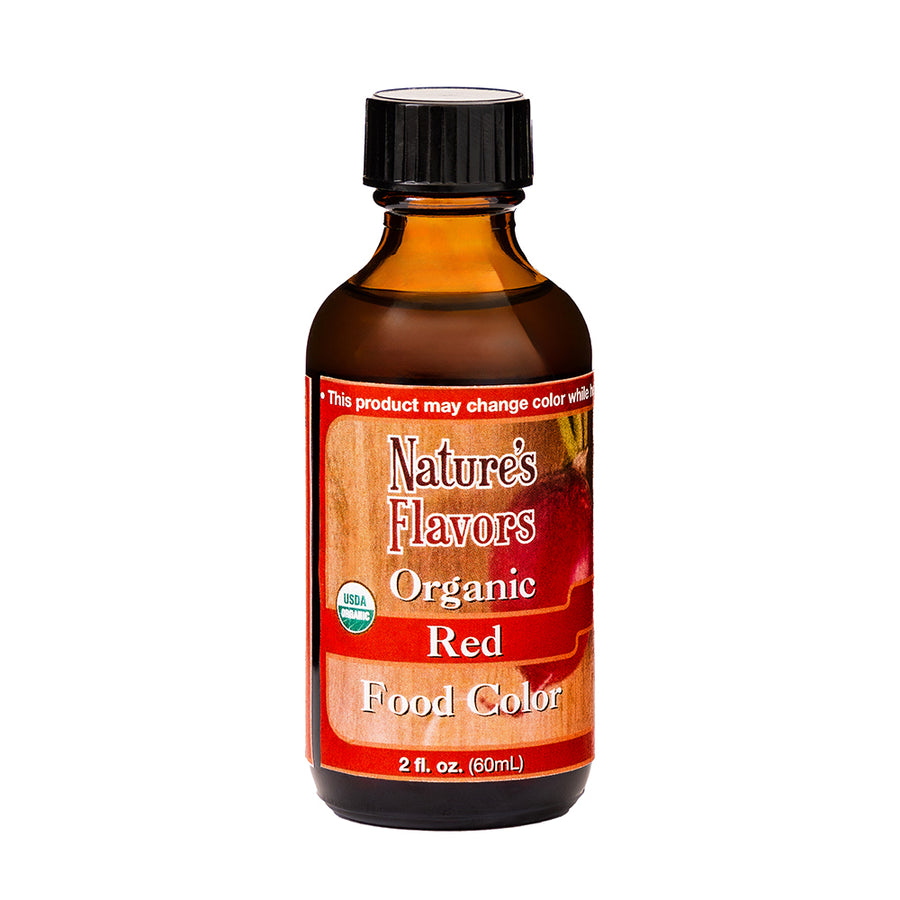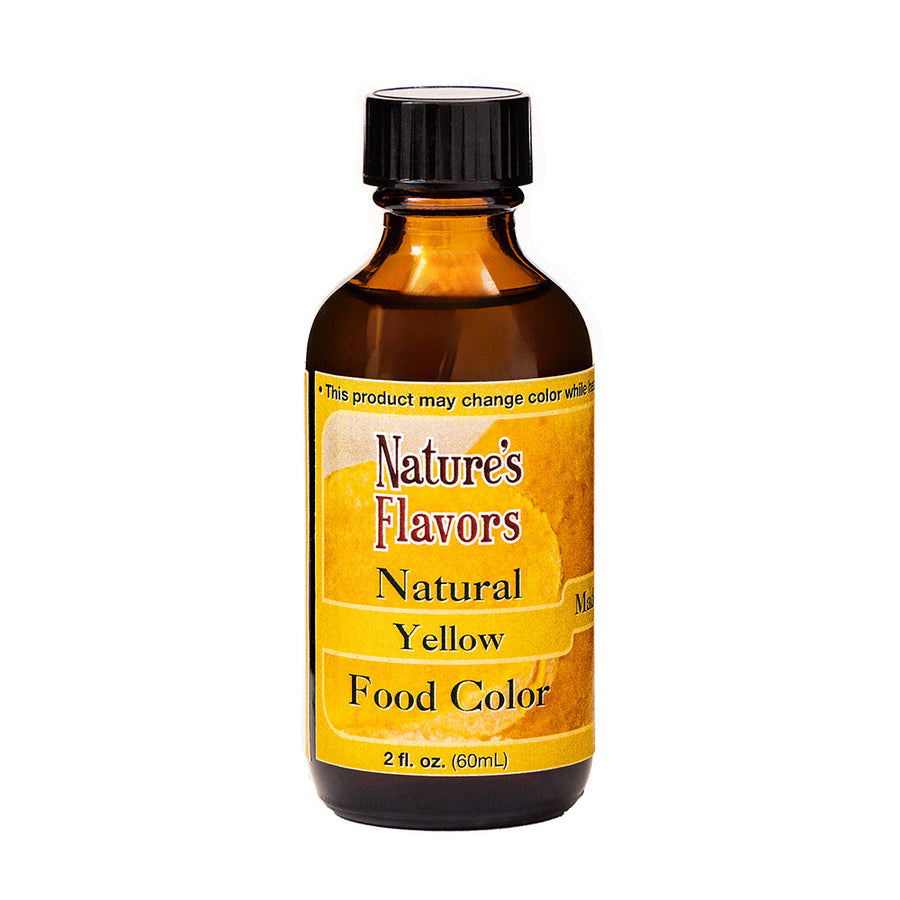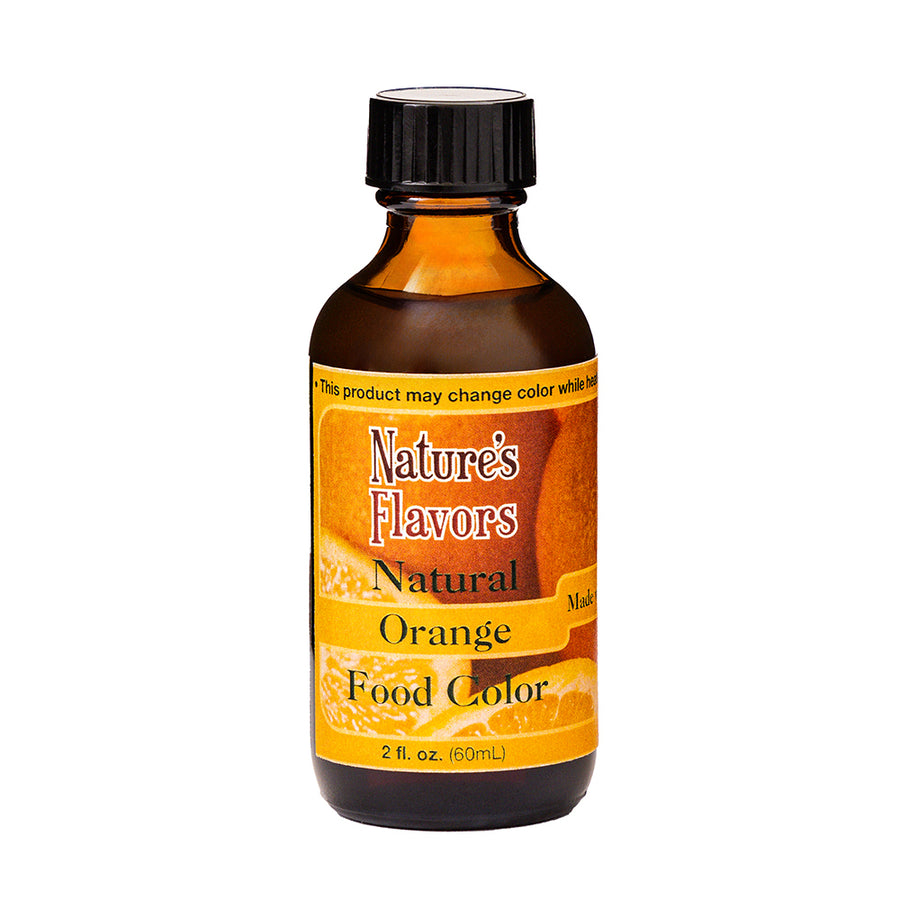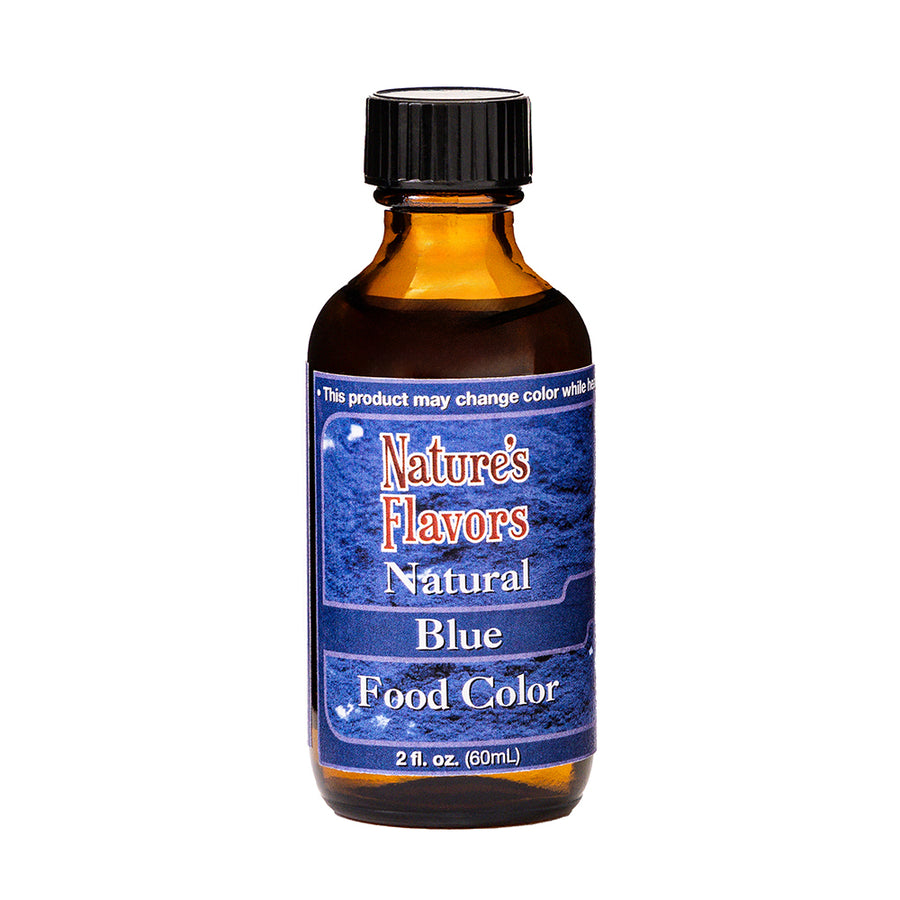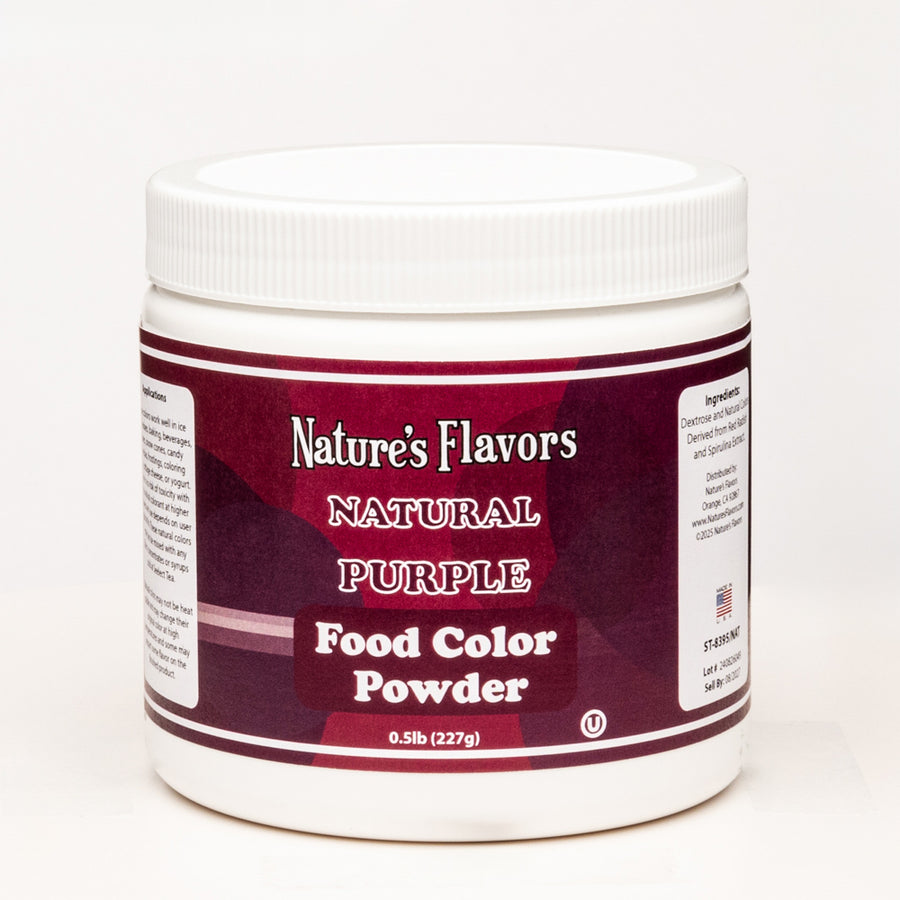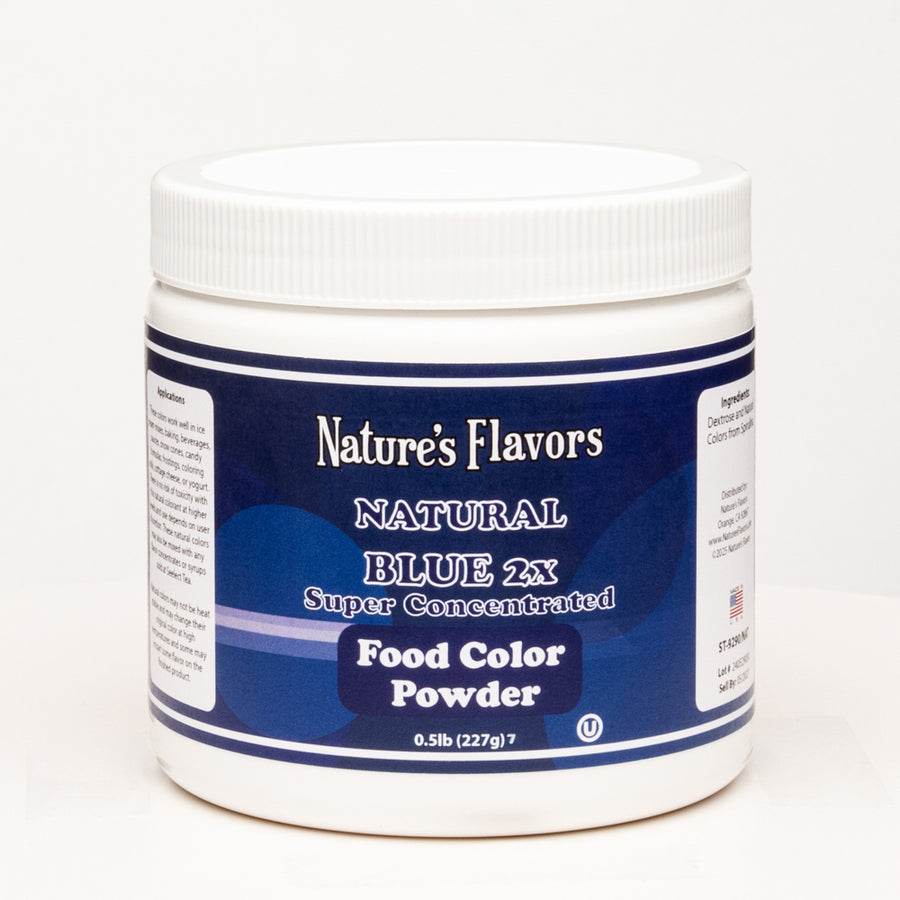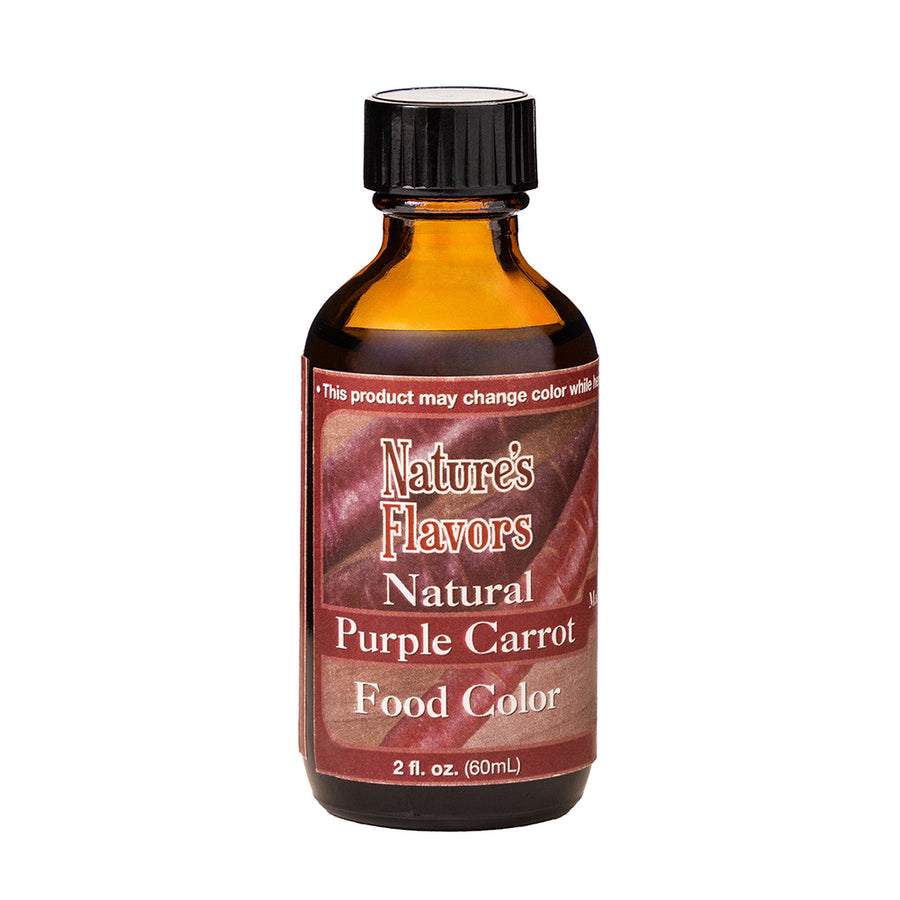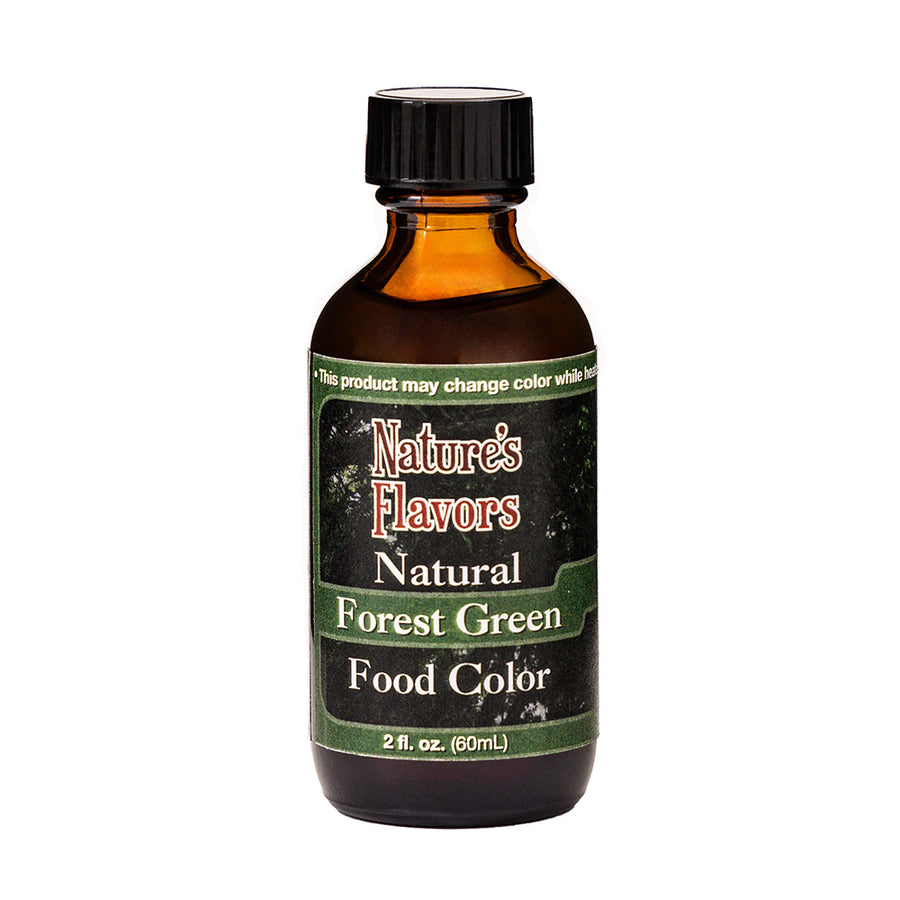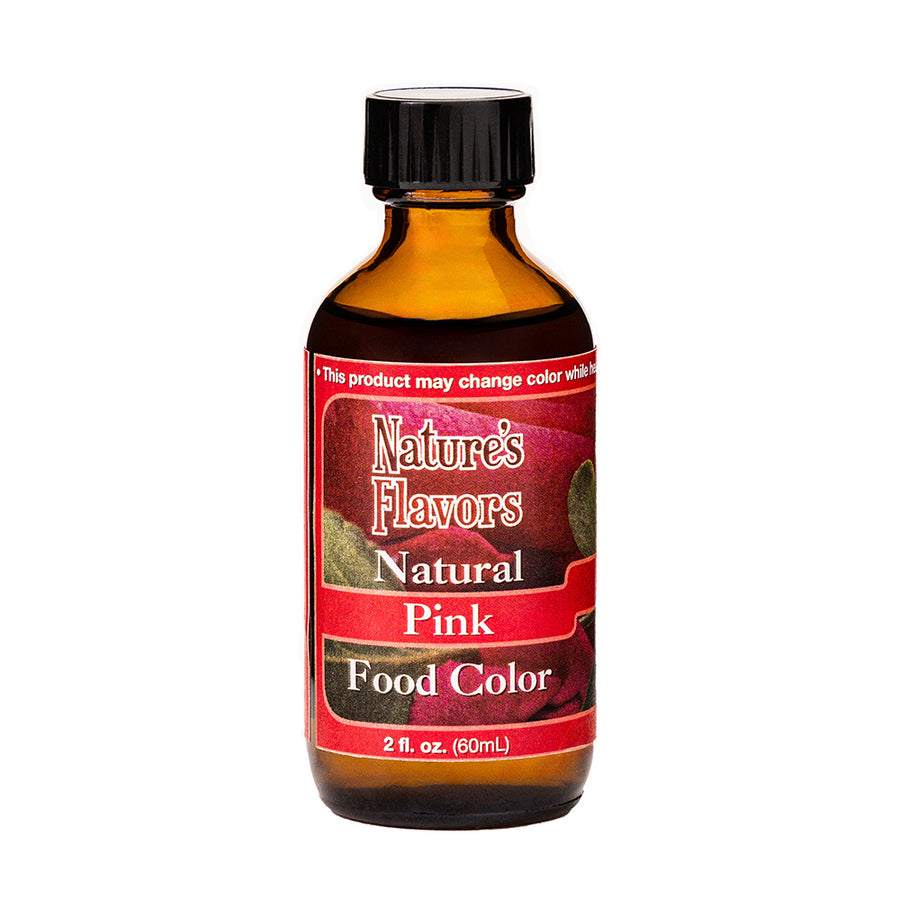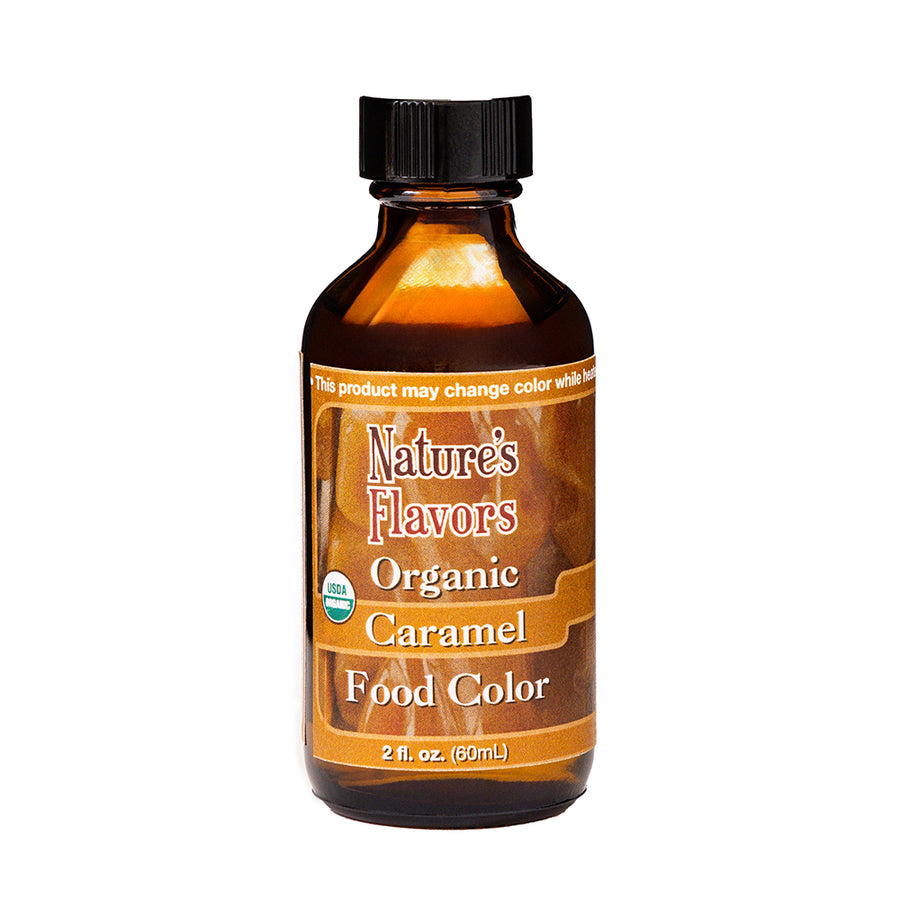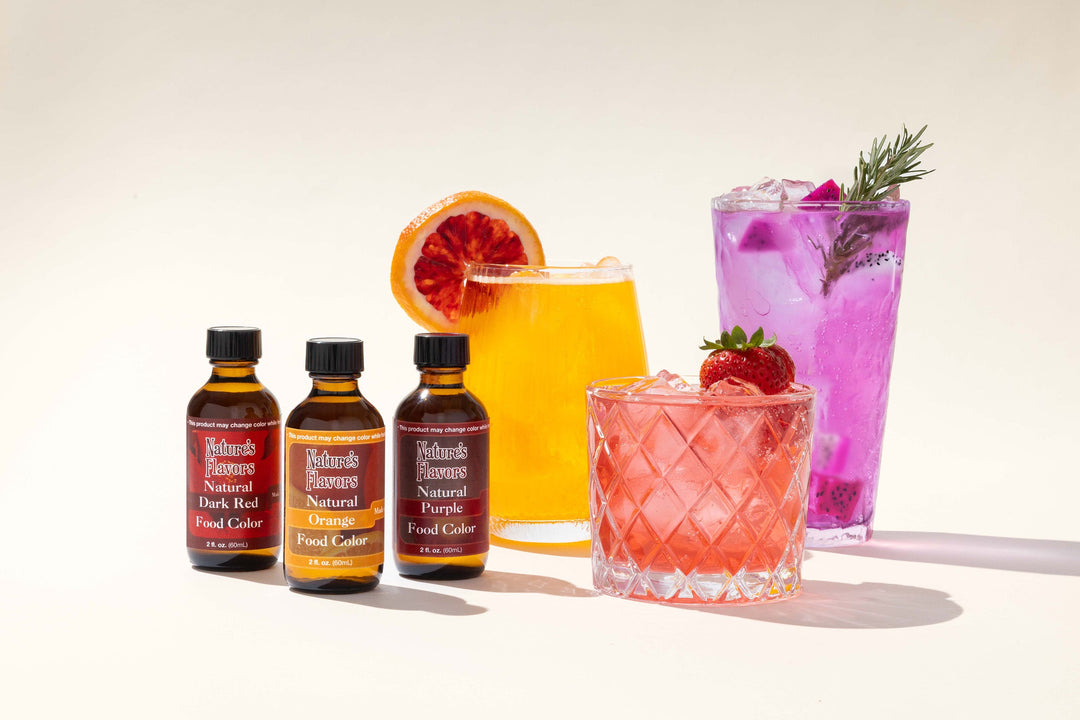Brown Food Coloring Powder, Natural is a plant-based coloring solution designed to provide a warm, earthy brown tone to a wide range of food and beverage products. Sourced from natural ingredients, this powder is an excellent choice for manufacturers and culinary professionals seeking to achieve consistent and appealing coloration without any artificial additives. Its concentrated formula allows for precise color control, making it suitable for both small-scale recipe development and high-volume production. Ideal for baked goods, confections, sauces, and beverages, this natural brown coloring blends seamlessly into various applications while maintaining product integrity.
Applications
This natural brown food coloring is highly versatile and can be used in multiple product categories. In baked goods, it creates rich chocolatey or caramel hues for breads, pastries, cookies, and cakes. It is also ideal for confectionery products like candies, gummies, and coatings where a natural brown tone is desired. Beverage producers can use it to add depth to coffee drinks, malted beverages, and plant-based smoothies. Savory applications include gravies, soups, sauces, and marinades, where it helps achieve an appealing, uniform color. Its ability to disperse evenly makes it a reliable option for both liquid and dry formulations.
Benefit
Brown Food Coloring Powder, Natural provides manufacturers with a clean-label solution that aligns with current consumer demand for natural and transparent ingredients. By avoiding synthetic dyes, products can be positioned as more wholesome and marketable to health-conscious consumers. Its concentrated form allows for cost-effective use, as only small amounts are needed to achieve the desired color. Additionally, it offers consistent results, reducing variability in finished product appearance and supporting brand quality standards.
Versatility
This coloring powder performs well across a wide spectrum of food and beverage manufacturing needs. It is compatible with dairy and non-dairy products, confectionery items, baked goods, savory sauces, and nutritional supplements. It works in both hot and cold processing environments and can be incorporated into dry mixes, liquid bases, and oil-based systems. Its neutral flavor profile ensures that it does not alter the taste of the final product, making it a functional addition to a variety of recipes.
Quality Assurance
Produced under strict quality control protocols, this natural brown coloring powder undergoes thorough testing to ensure purity, safety, and consistency. Each batch meets industry standards for color strength and microbial safety, giving manufacturers confidence in its performance and compliance. Detailed documentation, including certificates of analysis, is available to support regulatory requirements.
Sustainability
Sourcing natural coloring agents from plant-based materials supports environmentally responsible manufacturing practices. The production process minimizes waste and reduces reliance on synthetic chemicals, aligning with sustainability goals and consumer preferences for eco-conscious products.


